Tidying up our extraplanetary mess is as important a task as cleaning up the Earth. If we don’t, it will become increasingly hard to launch rockets into space.
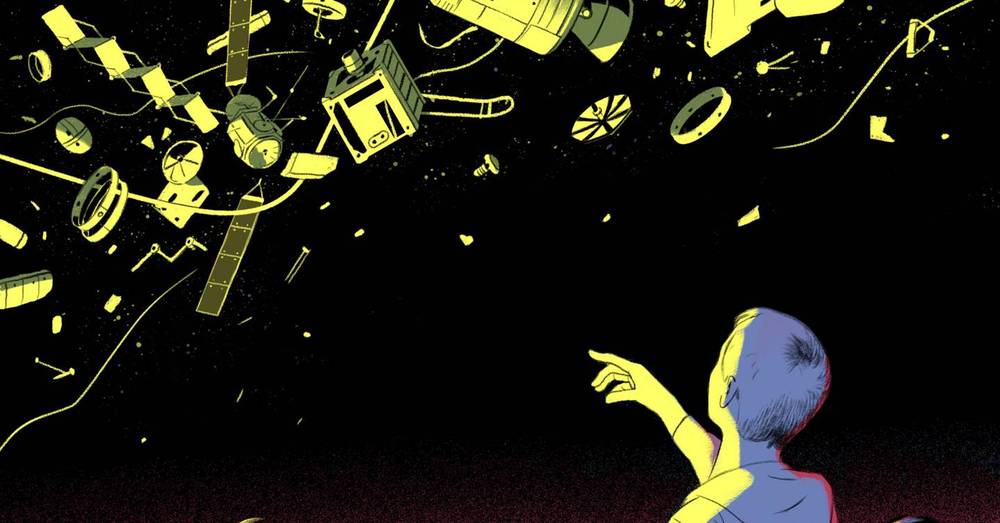

Tidying up our extraplanetary mess is as important a task as cleaning up the Earth. If we don’t, it will become increasingly hard to launch rockets into space.

In 1961, Nancy Grace Roman was already the first Chief of Astronomy in NASA’s Office of Space Science. She developed that program in a time before the second wave of the Women’s Movement in the United States began, when banks often refused women credit in their own names and there was still an active medical debate about whether women could ever physically endure spaceflight someday. But Roman opened the skies to humanity in new ways without ever leaving the ground.
She earned her Ph.D. in astronomy at the University of Chicago in 1949 and worked at the Yerkes Observatory there for six years afterward. She joined the radio astronomy group at the Naval Research Laboratory, becoming the head of the microwave spectroscopy section. As she recalled in 1980 in an oral history interview with National Air and Space Museum curator David DeVorkin, when she heard that NASA might set up a space astronomy program, she wanted to lead it: “The idea of coming in with an absolutely clean slate to set up a program that I thought was likely to influence astronomy for 50 years was just a challenge that I couldn’t turn down. That’s all there is to it.” She joined NASA in 1959, just after the agency’s founding.
Roman opened the skies to humanity in new ways without ever leaving the ground.

SpaceX continues making news in 2018. The company first broke its own record from 2017 when it passed 18 launches in year. On Sunday, from Cape Canaveral, Florida, SpaceX launched another record-setting rocket… this one for U.S. national security. Arash Arabasadi reports.
Seasons Greetings to “all of you on the good Earth”
50 years ago today in 1968, the first crewed mission to the moon, Apollo 8, entered lunar orbit on Christmas Eve. Celebrate the #Apollo50 anniversary with us: https://go.nasa.gov/2EBJnqq
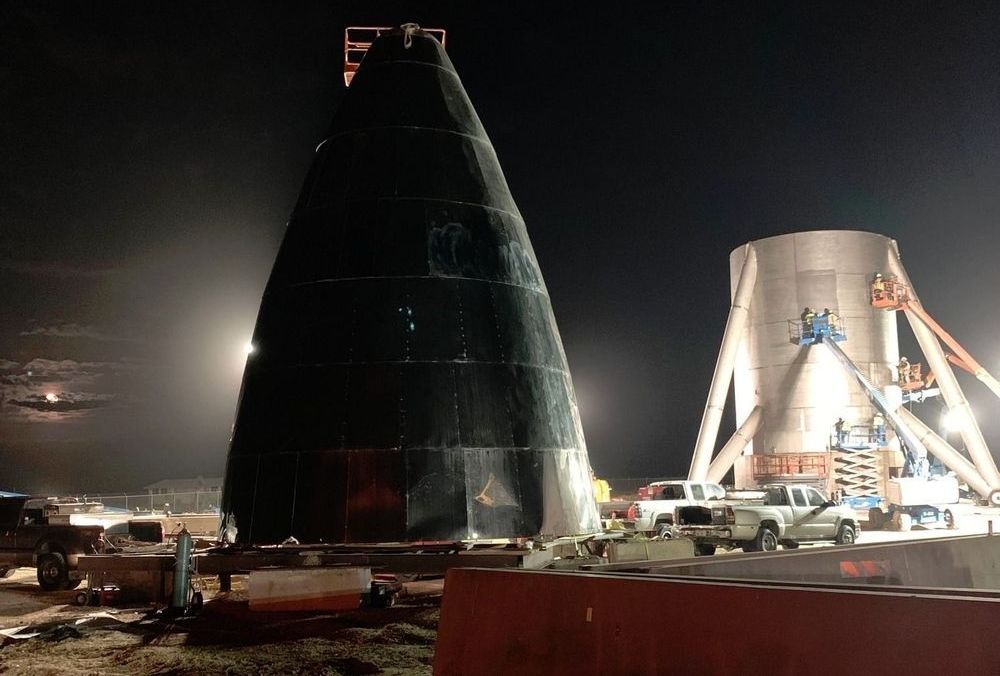
It was just last month that Elon Musk took to Twitter to unceremoniously announce that he was changing the name of the crew module and rocket booster of SpaceX’s BFR rocket program to “Starship” and “Super Heavy,” respectively. Now, in another spontaneous update from Musk via Twitter, we’re getting our first good look at the Starship section in all its stainless steel glory.
In the early morning hours, Musk tweeted out an image of the top section of the spacecraft with the simple caption “Stainless Steel Starship,” before following up with a few additional details about the progress of the program.
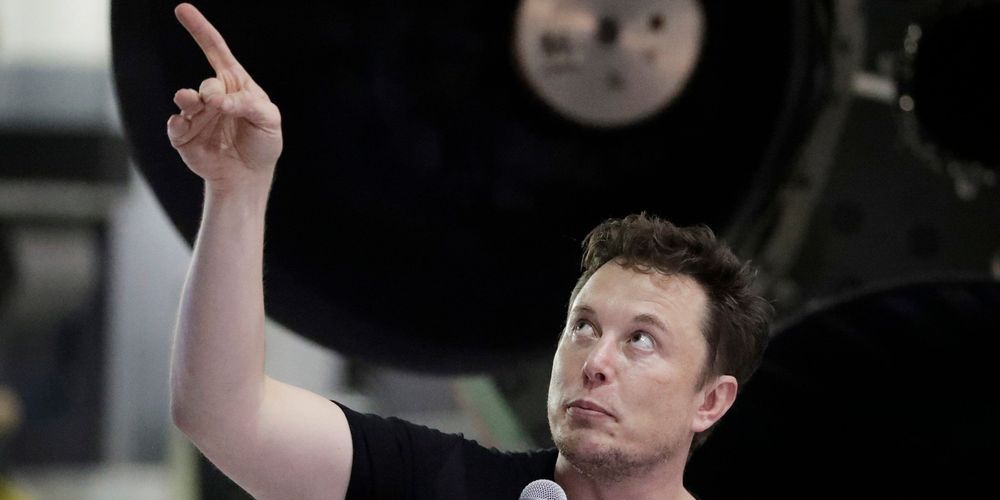
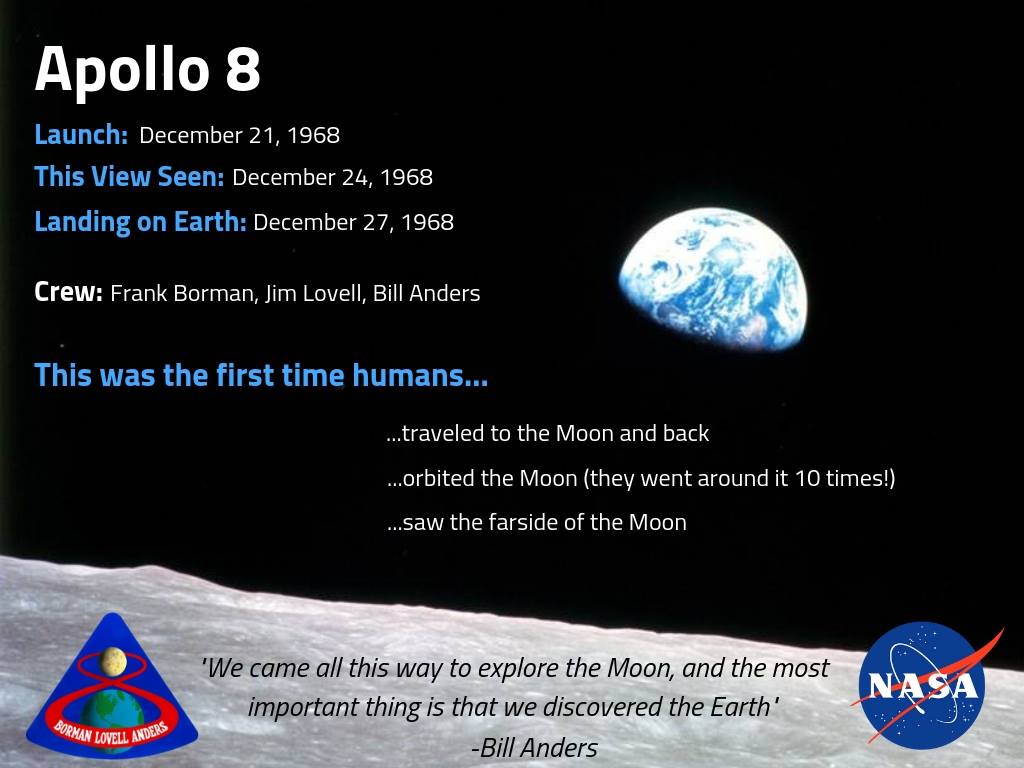
Three days later, on Dec. 24, astronauts Bill Anders, Frank Borman and Jim Lovell became the first people to see the Moon’s far side, did a memorable reading from Genesis and took this famous Earthrise photo. Discover more about our #Apollo50 anniversary: https://go.nasa.gov/2EImzGq
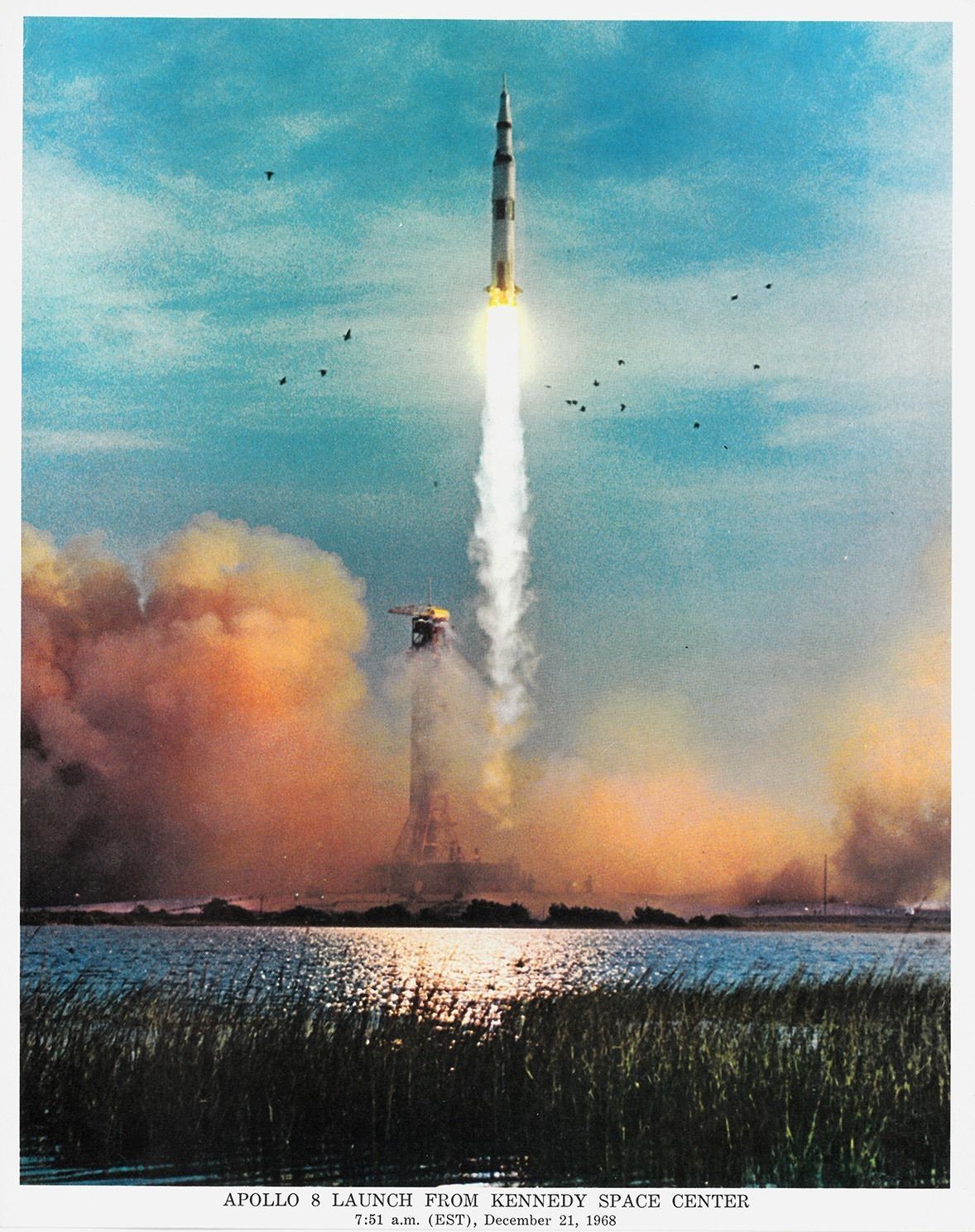
We’re returning to the Moon, to stay, and nine American companies will work on developing technologies to get there. Watch the latest episode of Watch this Space with NASA’s Administrator Jim Bridenstine to learn how we’re going forward to the lunar surface.